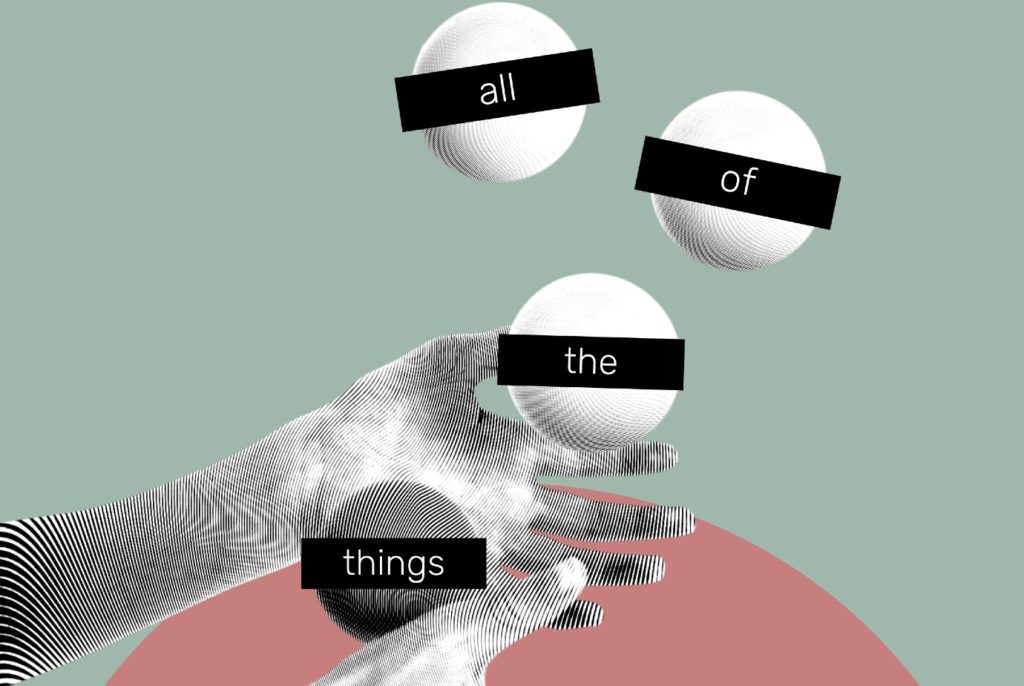All of the rights, freedoms and opportunities we have as women in 2020 were hard-fought by incredible women who came before us, and were not won without dogged determination, without sacrifice, without courage, without labour. And while, of course, the road towards gender equality has not been without its achievements, the gendered implications of the coronavirus pandemic have shown us in no uncertain terms what, deep down, we all know to be true: we still have a long way to go.
Amongst a pretty depressing laundry list of issues, including an increase in the rates of women experiencing domestic violence and the fact that the fight for equal pay may have been pushed back by almost a decade, COVID-19 and its subsequent lockdowns have gifted us with another little dividend that we all could have done without. And that is, despite us all spending more time at home, the division of unpaid care and domestic work is still falling predominantly to women. Meaning the burden of an already unequal mental load just got a whole lot heavier.
This, of course, isn’t anything new. Pandemic aside, we know that despite being more involved in the paid workforce than ever before, women are still performing the majority of the domestic and care work, even if we are the primary ‘breadwinner’. What this also means is that we are, in turn, responsible for doing the oft-invisible ‘mental gymnastics’ required to ensure this work gets done. And while women’s experiences of the mental load are as complex and nuanced as we are and there are greater burdens faced by some women than others, all of this mental work is still exactly that: work.
All of this planning, strategising, time management, delegating and ‘stakeholder engagement’, all of this labour is the kind of work that, if it were being performed in a boardroom, we’d be getting paid handsomely for it. Put it this way, women are performing the role of household ‘project manager’ except that they’re also doing all of the work they’re managing (and they aren’t getting paid).
Not only are we performing all of this invisible unpaid work, it’s actually costing us. Because, contrary to the boring (yet enduring) stereotype that women are somehow biologically programmed with an effortless affinity for caring, nurturing and managing domestic duties, it may come as a surprise to many (men) to learn that, actually, it’s not biological, it’s actually WORK and it’s bloody exhausting. Do you know what else is bloody exhausting at the end of a long day spent caring for everyone and everything? Digging up your recent superannuation statement and deciphering all the finance jargon to make sure you’re on track to reach a comfortable amount in retirement.
In their annual women’s health survey from 2018, Jean Hailes found that 33% of women reported they have no time to take care of themselves on a weekly basis. That means no time to spend on any of our own interests and desires that exist outside of the various societal hats we wear. That also means no time to spend on our own personal, financial outlook and money goals. For many women, the strain of the mental load means taking care of ourselves (and our finances) becomes an unattainable, unaccessible luxury, and it’s costing us dearly, in more ways than one.
As women, the financial cards are stacked against us from the moment we are born. From a pay gap that begins in early childhood and persists throughout our entire working lives, to deeply entrenched stereotypes forever painting us as ‘damsels in financial distress’, there are significant roadblocks we face on the path to financial freedom and independence.
Building financial security takes time and is the result of consistent, proactive action. But for many women, the inability to dedicate this time and space to our finances perpetuates the economic insecurity we face. What’s worse is that the impact of neglecting our financial wellbeing compounds over time, further cementing our position of financial vulnerability. In many ways, one could argue that the unequal distribution of the mental load is literally robbing women. Physically, mentally and financially.
Calculating the costs of the mental load for women hasn’t been done before (although some have tried by looking at its emotional impacts and declining health and lifestyle outcomes), and it’s not hard to see why. In a system built on and powered by the exploitation of women’s time and energy, and without doubt some women more than others, keeping the financial impacts of the mental load invisible enables this sexist status quo to continue.
However, here is what we do know: counting the cost of, and redistributing the mental load requires immediate and decisive action. The longer it continues to be uncounted and the longer the impacts on women’s financial futures remain hidden, the longer this inequality will continue. No action means women will continue to earn 83 cents for every dollar earned by men. No action means 40% of women will continue to experience economic insecurity during retirement. No action means women over 55 will continue to be the fastest-growing cohort of Australians experiencing homelessness.
With the pandemic providing us the kind of ‘call to arms’ we might never get again, do we have what it takes to use this time to change the systems that women are disproportionately and consistently footing the bill for? As women, as voters, as bosses, as creatives, as leaders, as mothers – we quite literally cannot afford to let this unequal division of the mental load continue else we risk passing the debt down to yet another generation of women and girls.

